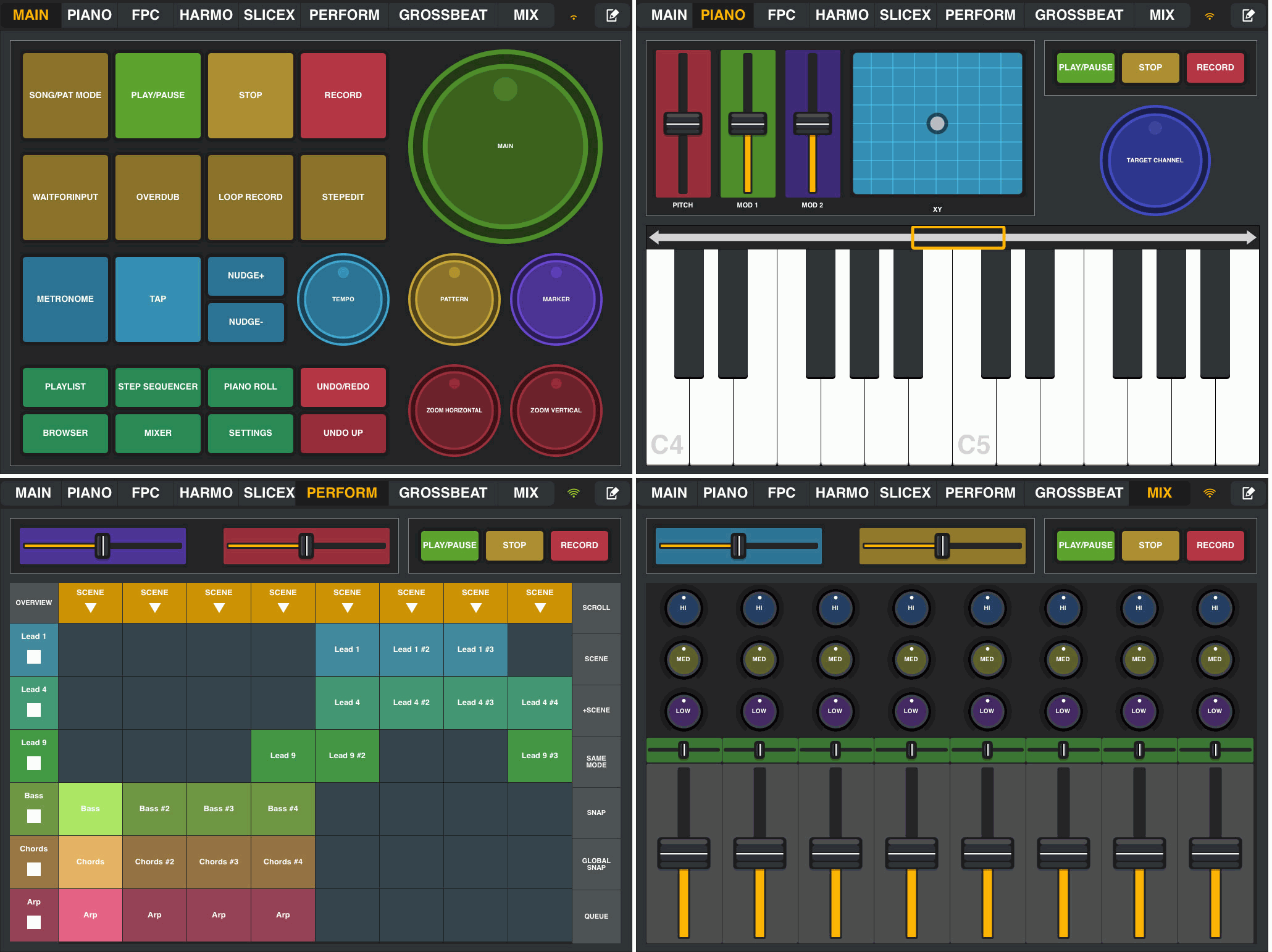What are the basics of audio system?

The basics of an audio system contain understanding its key elements and how they work together to capture, process, amplify, and reproduce sound. Here are the elemental parts of an audio system:
Source: The supply is where the audio signal originates. It might be a microphone for reside sound, a turntable for vinyl records, a CD player, a digital audio player, or any system that generates an audio signal.
Signal Processing: In some circumstances, the audio signal might have processing to enhance its quality or apply specific results. Signal processing equipment can include equalizers for adjusting frequency responses, compressors for dynamic control, and results processors for adding reverb, delay, or different results.
Preamplification: The audio sign from the supply is usually weak and low-level. A preamplifier, usually called a preamp, boosts the signal's amplitude and prepares it for further amplification. In some circumstances, preamps also present tone management and enter choice.
Amplification: Amplifiers enhance the power of the audio sign to a degree that can drive audio system. There are several sorts of amplifiers, together with energy amplifiers that present the mandatory wattage to audio system and integrated amplifiers that combine preamplification and power amplification in a single unit.
Speakers: Speakers, or loudspeakers, are transducers that convert the electrical audio sign back into sound waves. They consist of varied parts, including drivers similar to woofers (for low frequencies) and tweeters (for excessive frequencies). Subwoofers handle very low-frequency bass sounds.
Speaker Placement: Proper placement of speakers in a room is crucial for reaching optimal sound high quality. Factors like room acoustics, speaker positioning, and listener positioning can considerably have an effect on the audio experience.
Cabling and Interconnects: Cables and interconnects are used to attach the varied parts of the audio system, including connecting the supply to the preamp, the preamp to the amplifier, and the amplifier to the speakers. High-quality cables can help maintain sign integrity.
Listening Environment: The bodily setting by which the audio system is ready up performs a significant position in audio quality. Factors like room measurement, form, acoustic treatment, and background noise can impact the sound.
Listening Experience: The listener's expertise is dependent upon elements corresponding to the quality of the supply materials (e.g., music recording), the selection of audio system, amplifier power, and the preferences of the listener.
how to connect a midi keyboard to fl studio 12 and Settings: Many audio parts have controls that enable customers to adjust quantity, tone, balance, and different settings. These controls may be found on amplifiers, preamps, and source gadgets.
Remote Control: In trendy audio methods, distant management capabilities are often included, permitting users to adjust settings, change tracks, or control playback without having to bodily interact with each part.
Maintenance and Care: Regular upkeep, corresponding to cleansing connectors and ensuring proper ventilation for amplifiers, might help lengthen the lifespan of audio tools.

These are the basic components of an audio system, but the complexity and features of audio systems can vary extensively based on the application and particular preferences of users. Whether it is a easy stereo setup for residence listening or a complex skilled audio system for reside occasions, understanding these basics is crucial for setting up and enjoying high-quality audio..
